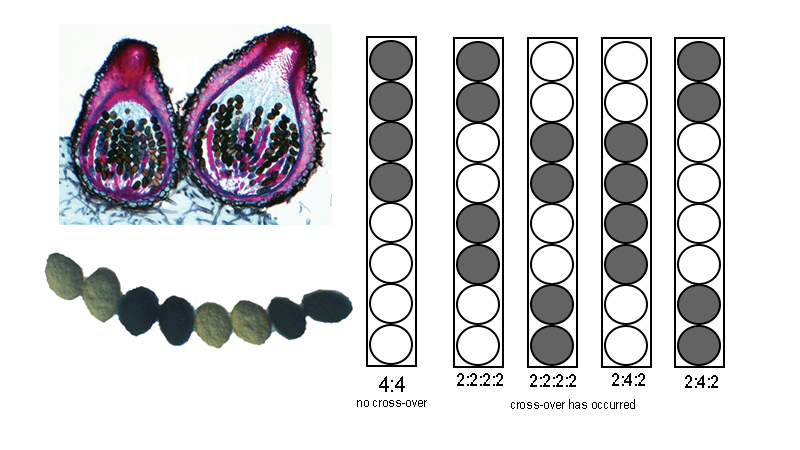Tag: activity
-
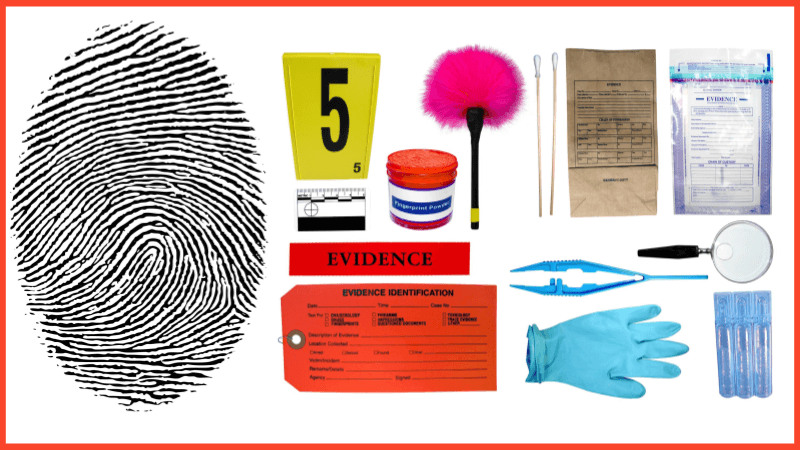
Science of Fingerprints: A Hands-On Activity
Fingerprint analysis is a fascinating way to explore individuality and forensic science. A lesson on this topic begins with an introduction to fingerprints, explaining their uniqueness and role in forensic investigations. Use Google slides to show students the science of fingerprinting. It covers the three main fingerprint patterns—loops, whorls, and arches—using clear diagrams and descriptions…
-

Investigating Algae Blooms and Dinoflagellates
Explore data on algae blooms by creating a heat map revealing changes in algae over time. Discuss the role that humans have on algae growth.
-
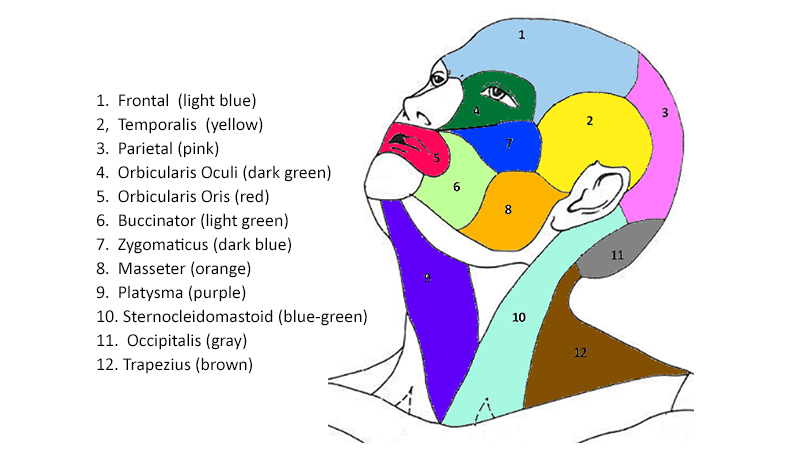
Color the Muscles of the Head and Neck
Students practice naming the muscles of the head with this simple coloring worksheet. Image shows the major superficial muscles with numbers.
-
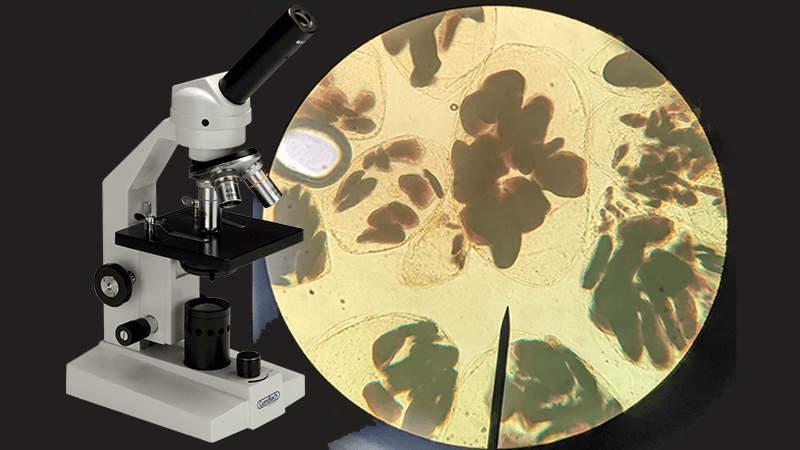
Investigation: Bananas, Starch, and Plastids
Explore the differences between ripe and green bananas in the activity. Green banana cells will have large dark starch granules when stained with iodine.
-
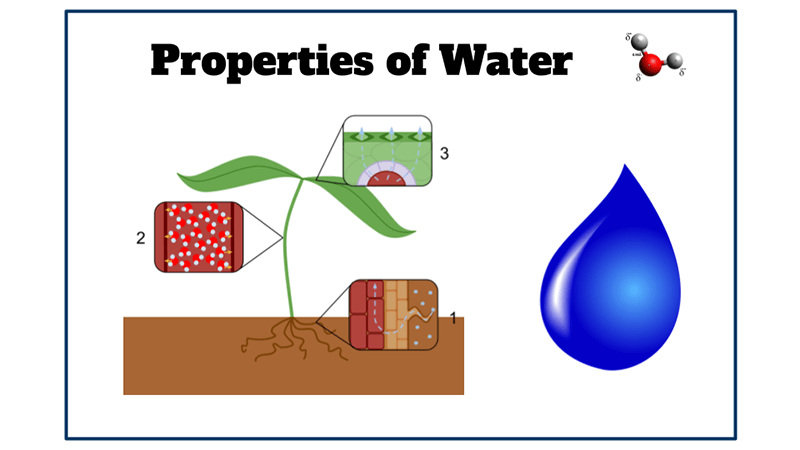
Investigation: Properties of Water with Lab Stations
Lab station activity that explores the properties of water, such as cohesion, adhesion, polarity, and surface tension. Students complete tasks at each stations and summarize observations.
-

Introductory Activity on Academic Integrity
Students explore academic integrity by discussing what constitutes cheating. They work in groups to discuss scenarios that may or may not be dishonest.
-
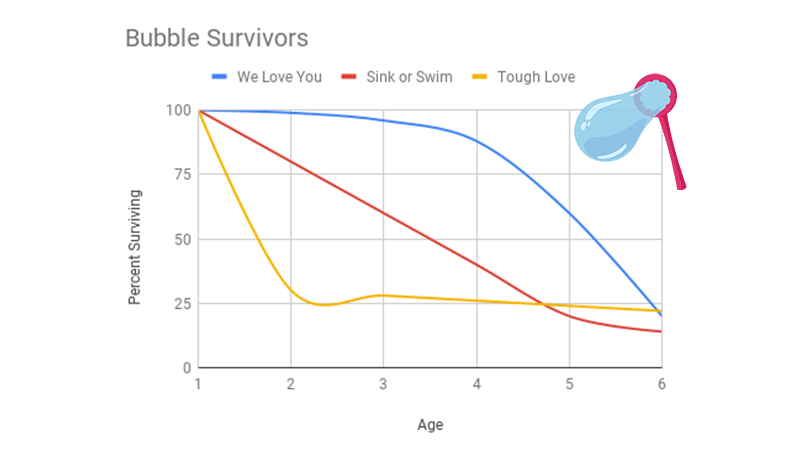
Modeling Survivorship Curves with Bubbles
A fun activity to model survivorship curves using bubbles. Students blow bubbles and time how long each survive under different conditions, then create a graph.
-

Explore Bunny Selection and Mutations with PHET
Students explore bunny selection with this PHET interactive activity. Observe bunny populations change in response to environmental conditions and predators.
-

Ear Anatomy – Drag and Drop Activity
Use Google slides to label structures of the ear in this drag and drop activity. Diagram includes the tympanum, ossicles, cochlea, and other organs.
-
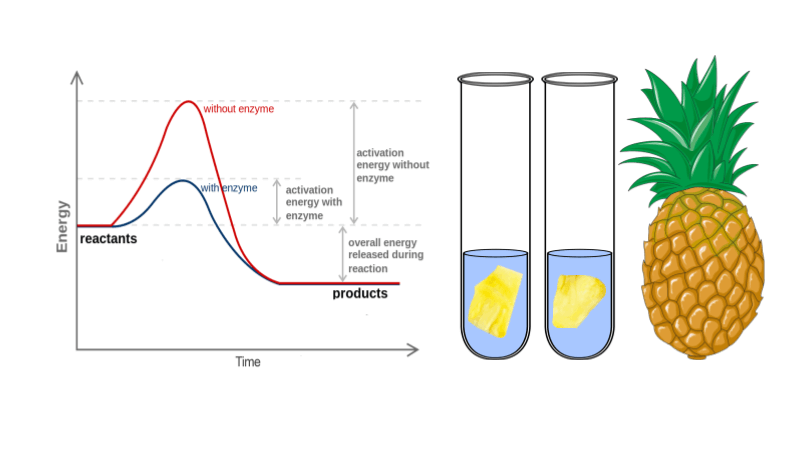
Investigation: How Do Enzymes Affect Gelatin
This lab explores enzymes using fresh and canned pineapple to observe enzyme-substrate reactions.
-
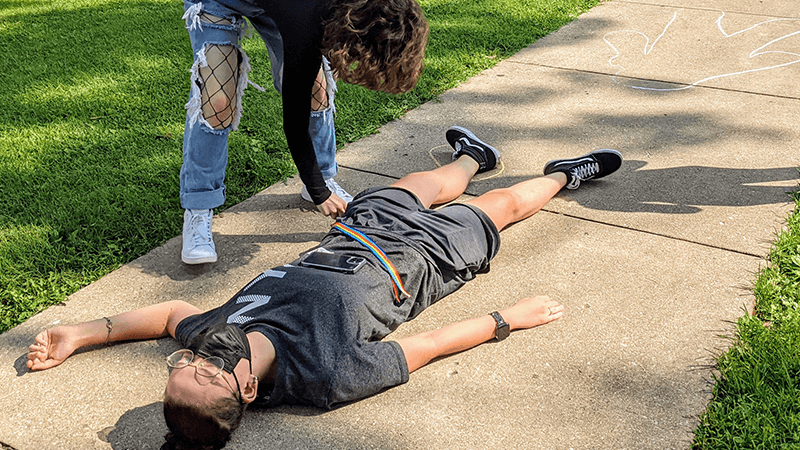
Introduce Anatomy Terms with Chalk Outlines
Introduce anatomy by making a chalk outline and placing cards in the location of where the structures are located.
-
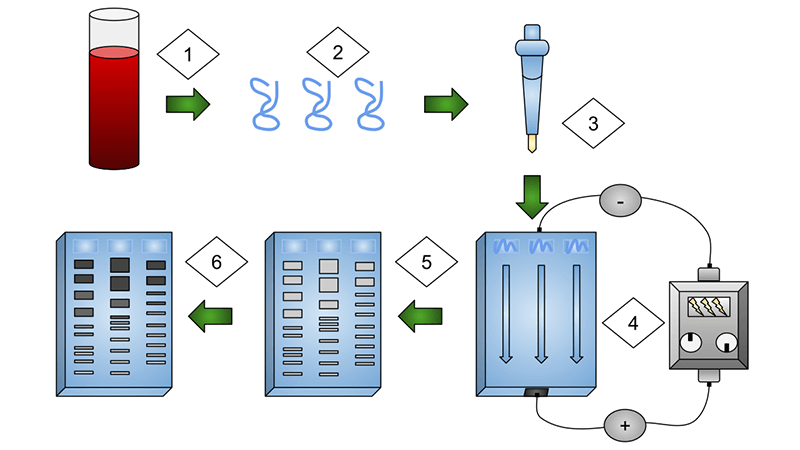
How DNA Fingerprints Are Used to Solve Crimes
Students learn how DNA fingerprints are made using gel electrophoresis. They identify which suspects match the DNA evidence.
-
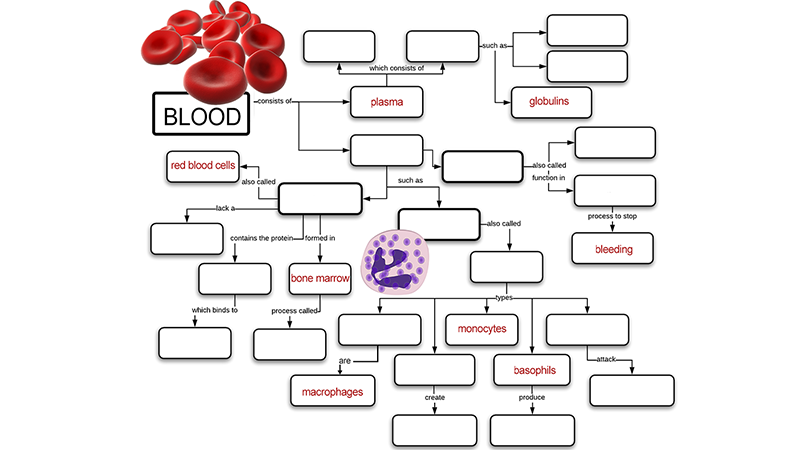
Learn about the Blood Using Graphic Organizers
Students use graphic organizers to learn about the types of blood cells and their functions. Student either complete a concept map or design their own.
-

Frog Dissection – Virtual for Remote Learners
Students usually end the comparative anatomy unit with a dissection of a frog specimen. Though some schools have decided to opt out of this project, it remains one of the most remembered activities of the school year. I can understand why this project may seem like a relic, but it is still in our curriculum.…


